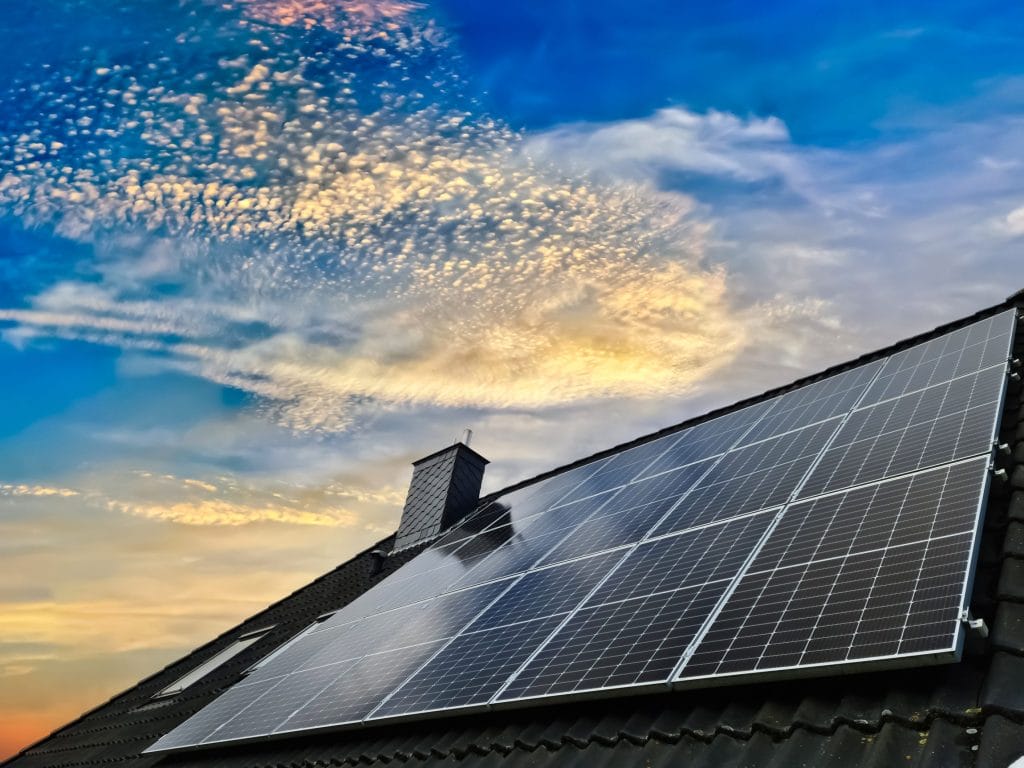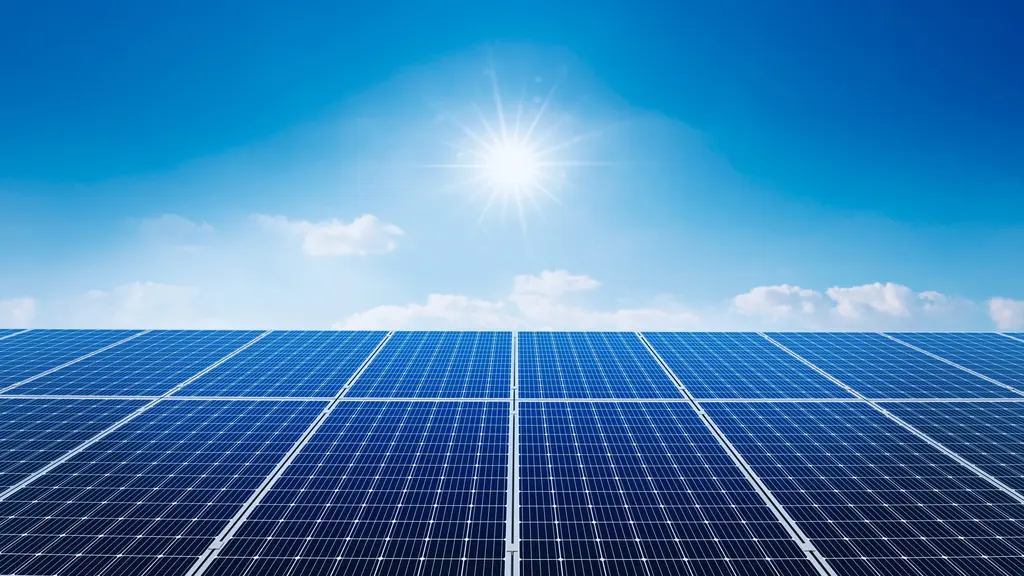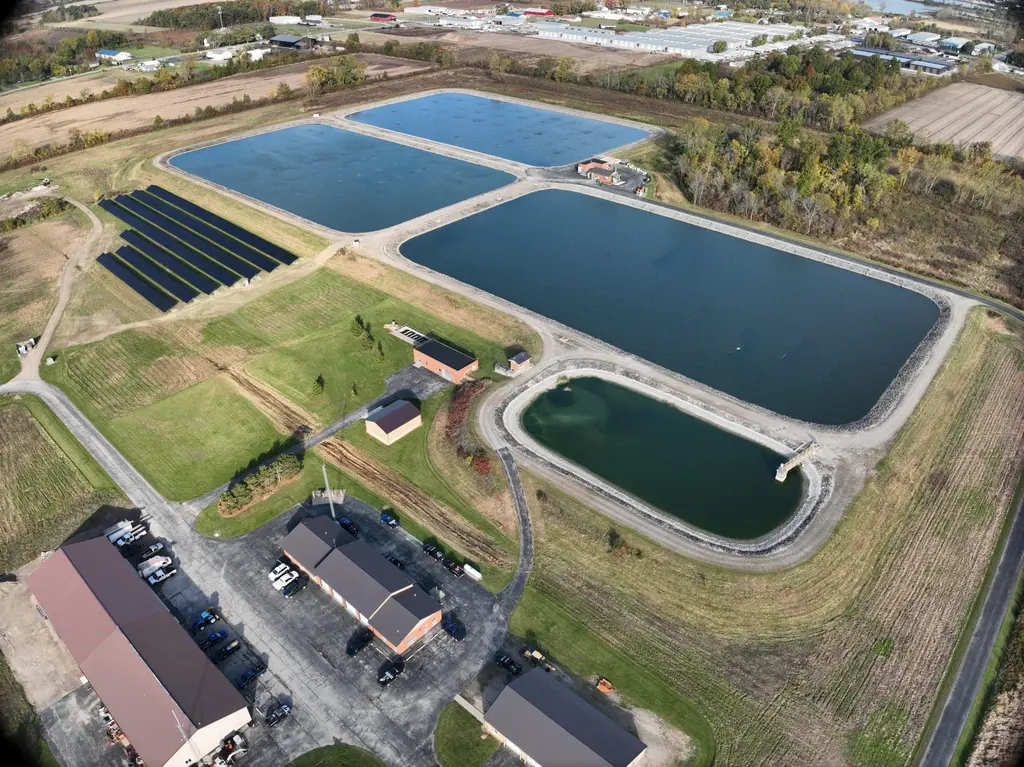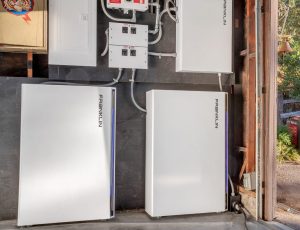Many homeowners consider reroofing prior to making the decision to go solar. Solar panels last for many years. They are warrantied at 25 years and often last 40+ years. Solar is often still functioning at 80% for the years following the warrantied life. Having a good roof to support the panels for their long life is vital.
The investment tax credit, otherwise known as the solar tax credit will allow you to deduct 26% of the cost of installing a solar system from your federal taxes.
This credit often raises a question: Can a taxpayer include the entire cost of a new roof in conjunction with the solar panels?
Upfront Tax Disclaimer
We are not tax professionals & this post does not constitute professional tax advice or guidance. We have been in the solar market for 20 years, so we are sharing our expertise. But ultimately the decision to take the cost of your re-roof on the Investment Tax Credit form is a choice between you, your family and your tax professional.
Back to the question Federal Solar Tax Credit: Does Re-Roofing Count?
The answer: No
Don’t listen to any contractor or solar installer who tells you differently. We don’t want your family to be audited by the IRS. And we especially don’t want you or your family to have to repay the ineligible tax credit, plus interest, especially when you aren’t expecting it.
Tax regulations can be tricky to understand for those of us who haven’t studied the IRS code. That’s why we’ve taken the bits only relevant to roofing and re-roofing. We take a deep dive here.
The IRS section pertaining to eligible expenses (Sec. 25D) explicitly states:
“Qualified solar electric property costs.
Qualified solar electric property costs are costs for property that uses solar energy to generate electricity for use in your home located in the United States. No costs relating to a solar panel or other property installed as a roof (or portion thereof) will fail to qualify solely because the property constitutes a structural component of the structure on which it is installed. Some solar roofing tiles and solar roofing shingles serve the function of both traditional roofing and solar electric collectors, and thus serve functions of both solar electric generation and structural support. These solar roofing tiles and solar roofing shingles can qualify for the credit. This is in contrast to structural components such as a roof’s decking or rafters that serve only a roofing or structural function and thus do not qualify for the credit. The home doesn’t have to be your main home.”
When you go online, you’ll find different opinions interpreting the question posed. Below we’ve done some research to debunk some of the biggest arguments for including the re-roof cost when you take the solar investment tax credit.
Problem 1: The current iteration of the IRS code is not vague, but past iterations have been.
The eligible expenses section reads:
“Some solar roofing tiles and solar roofing shingles serve the function of both traditional roofing and solar electric collectors, and thus serve functions of both solar electric generation and structural support. These solar roofing tiles and solar roofing shingles can qualify for the credit. This is in contrast to structural components such as a roof’s decking or rafters that serve only a roofing or structural function and thus do not qualify for the credit.”
These sentences were not included in past versions of the code from prior years. However, they are now. The last sentence clearly states that structural components of a roof do not qualify for the solar investment tax credit.
So, be wary of stumbling on outdated guidance when researching about the Federal Solar Tax Credit and Does Re-Roofing Count?
Problem 2: Just because someone successfully claimed the tax credit for a wrong amount and didn’t get audited, doesn’t mean they were correct in doing so.
The IRS form requires no proof of purchase, receipts, contracts or invoices to prove how much you spent or what expenses were for. The form itself makes it easy to get away with anything. So, many people do. We don’t advise doing this!
Problem 3: Using the logic that “the roof supports the panels, therefore they must qualify,” doesn’t work…. your entire house could qualify then, too, right?
You can’t have a roof without a house. So could you build a house, put solar on it, and claim it all as the solar tax credit?
In Conclusion
Is the person telling you to use the solar tax credit for your roof a salesperson wanting your sale? If it’s someone who just wants a sale, this exhibits low integrity. It’s a selfish approach, and it is not based on facts. While it would be nice to be able to take the tax credit against both costs, they aren’t eligible legally. Kokosing Solar can point you to the appropriate form, but how you fill it out is between you and your tax professional. In short, we are not tax professionals and do not offer tax advice. We encourage you to speak with yours to understand how you plan to use the solar investment tax credit.










